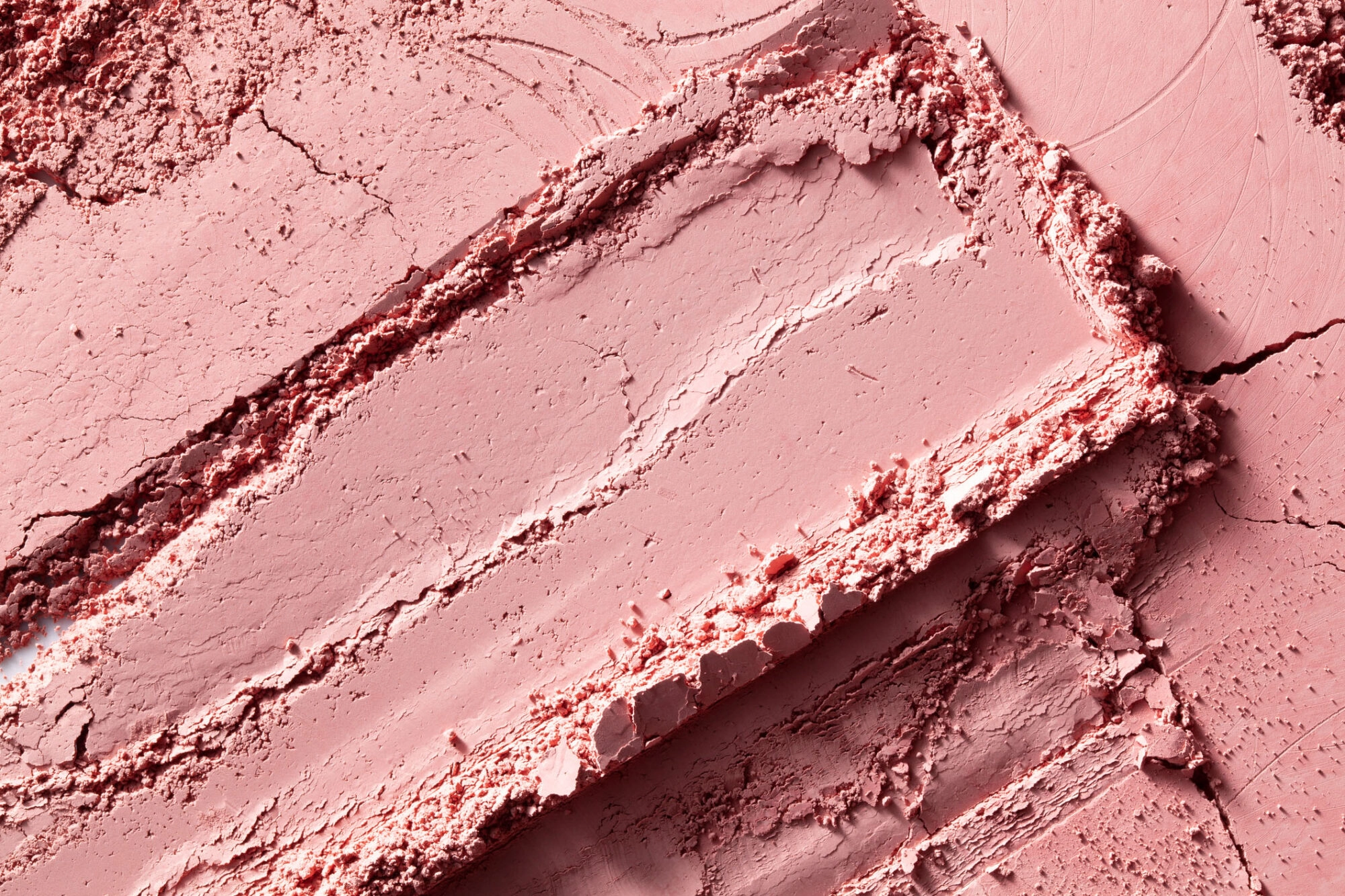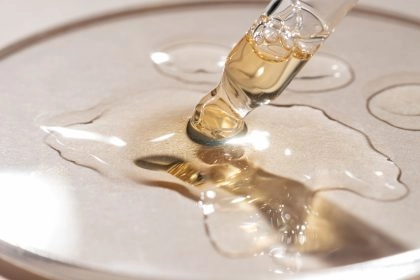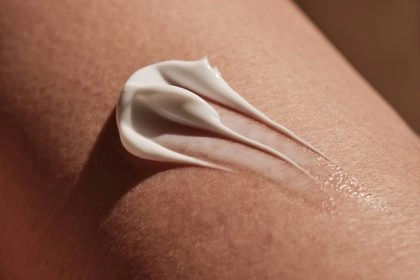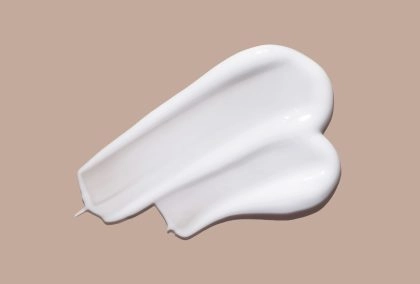Conservateurs et produits cosmétiques
Bien souvent malmenés par les applications et les médias, les conservateurs restent des ingrédients incontournables en cosmétique. Très encadrés par la réglementation européenne, ils assurent en effet la stabilité microbiologique des produits, indispensable pour satisfaire à l’obligation de sécurité d’utilisation. Mieux les connaître permet de mieux comprendre leur utilité.

Qu'est-ce qu'un conservateur cosmétique ?
Certains consommateurs estiment les conservateurs cosmétiques dangereux, tout en reconnaissant ne pas savoir ce qu’est un conservateur pour cosmétique… Pourtant, le Règlement (CE) n°1223/2003 les définit parfaitement : « substances qui sont exclusivement ou principalement destinées à empêcher le développement de micro-organismes dans le produit cosmétique ». Un conservateur peut donc être ajouté à une formule à cet effet, mais il peut aussi avoir une autre fonction (comme l’acide salicylique, à la fois conservateur et actif).
Il convient de différencier les conservateurs au sens du Règlement (i.e. avec un effet sur les micro-organismes, c’est-à-dire les bactéries, les levures et les moisissures) des conservateurs anti-oxydants comme le BHT ou le tocophérol, qui limitent l’oxydation, mais sans effet sur les micro-organismes. Dans cet article, le terme « conservateur » se rapportera donc exclusivement aux premiers, substances listées dans l’annexe V du Règlement cosmétique. Cette dernière établit la liste des conservateurs autorisés dans les produits cosmétiques. C’est le principe de la liste positive : il n’est pas possible d’utiliser un conservateur non inscrit à l’annexe V. Mais pourquoi faut-il empêcher le développement de micro-organismes dans un produit cosmétique ?
Pourquoi utiliser des conservateurs en cosmétique ?
D’après le Règlement cosmétique, la sécurité d’un produit cosmétique passe par la maîtrise du risque microbiologique. Si les critères de conformité ne sont pas explicités, les données relatives à la qualité microbiologique sont exigées dans la partie A du Rapport sur la sécurité du produit cosmétique (RSPC) dans le Dossier d’information sur le produit (DIP) (mettre lien article DIP). La norme ISO 17516 donne les limites microbiologiques à respecter.
Limites microbiologiques des produits cosmétiques selon la norme ISO 17516
| Categorie | Target | Limites microbiologique* | Germs absent in 1 g or 1 ml of product |
|---|---|---|---|
| Categorie 1 | – Population fragile (enfants < 3 ans) – Zone d’application fragile (muqueuses, contour de l’oeil) |
< 100 UFC / g ou UFC / ml | – Staphylococcus aureus – Pseudomonas aeruginosa – Escherichia coli – Candida albicans |
| Categorie 2 | – Autres populations – Autres zones d’application |
< 1000 UFC / g ou UFC / ml | – Staphylococcus aureus – Pseudomonas aeruginosa – Escherichia coli – Candida albicans |
* * dénombrement des micro-organismes aérobies mésophiles
Or, en dehors de certaines catégories de produits ou de formules hostiles, les produits cosmétiques sont plutôt un excellent terrain de jeu pour les micro-organismes, car ils contiennent de l’eau et de quoi les nourrir. La contamination microbienne peut avoir plusieurs origines, incluant l’eau, la fabrication, le conditionnement ou encore les matières premières. Les matières premières naturelles sont ainsi, par exemple, naturellement chargées en micro-organismes. Le consommateur est également une source de contamination, selon le type de produit et surtout son emballage.
Le but des conservateurs est justement d’éviter que les micro-organismes, qui sont parfois inévitables, ne puissent se développer dans le produit, avant ou pendant son utilisation par le consommateur. Mais il reste encore à bien les choisir.
Comment choisir un conservateur ?
Comme précisé précédemment, le premier critère de choix d’un conservateur est sa présence dans l’annexe V du Règlement cosmétique ! Celle-ci précise également les concentrations maximales dans la formule, ainsi que des restrictions d’usage pour certains. Le choix d’un conservateur dépend ensuite de nombreux facteurs, parmi lesquels :
- Son spectre d’action : comme pour les antibiotiques, chaque conservateur possède un spectre d’action qui lui est propre. Certains sont plus actifs sur les bactéries, d’autres sur les levures ou les moisissures, et inversement ;
- Sa solubilité, qui dépend du pH de la formule ;
- Sa tolérance cutanée et son profil toxicologique : certains conservateurs ne conviennent pas pour des zones fragiles, ou pour certains types de produit (par exemple un produit solaire ne peut pas contenir un conservateur photosensible) ;
- Sa compatibilité avec la formule : il existe des incompatibilités entre certains ingrédients et certains conservateurs. Cela peut mener à une déstabilisation de la formule, ou à l’inefficacité de ces derniers.
Il n’est pas rare que le formulateur choisisse d’utiliser plusieurs conservateurs pour obtenir une synergie : l’association est plus efficace que la somme de chacun utilisé individuellement. Cela permet également d’améliorer la tolérance, en diminuant in fine la concentration nécessaire en conservateurs.
L’origine du conservateur peut également être un critère. En effet, les conservateurs peuvent être d’origine naturelle ou synthétiques. Un conservateur cosmétique naturel est naturellement présent dans les végétaux, comme l’acide sorbique ou l’alcool benzylique. Il peut cependant être produit par synthèse. C’est alors un identique naturel : ce sont les conservateurs autorisés dans les produits cosmétiques biologiques (acide benzoïque, acide salicylique, acide sorbique, acide formique, alcool benzylique, acide propionique, acide dehydroacétique et leurs sels).
Quelles exigences autour des conservateurs ?
Choisir un système conservateur est une étape, s’assurer qu’il est efficace en est une autre. Car la Personne Responsable doit apporter la preuve de la sécurité microbiologique du produit cosmétique, et donc de l’efficacité du système conservateur. Cette preuve est apportée par la réalisation du challenge test, encadré par la norme ISO 11930. Une concentration connue de micro-organismes est inoculée dans le produit évalué. Un dénombrement des bactéries, des levures et des moisissures est ensuite réalisé à plusieurs occasions pendant un mois. Le challenge test doit être réalisé selon la norme ISO 11930 pour être représentatif et valide.
Les conservateurs doivent bien évidemment figurer dans la liste d’ingrédients sur l’emballage du produit, y compris les conservateurs apportés par les matières premières, et non ajoutés intentionnellement à la formule. C’est pourquoi un logiciel de formulation, dans lequel chaque matière première est renseignée et décomposée correctement, est un excellent outil pour ne pas oublier de substance (et avoir à refaire l’étiquetage !).
Conclusion
Un produit cosmétique sûr est un produit cosmétique dont la qualité microbiologique est maîtrisée. Cette maîtrise passe, entre autres, par une bonne utilisation des conservateurs, qui ne sont pas à craindre. Chaque conservateur boudé par les consommateurs complique la tâche du formulateur, car la liste des conservateurs autorisés n’est pas extensible ! Si les projets de formules et de packaging permettant de diminuer ou supprimer l’utilisation des conservateurs ont le vent en poupe, la pédagogie autour de ces protecteurs de nos produits est essentielle.
Plus ressources qui pourraient vous plaire





